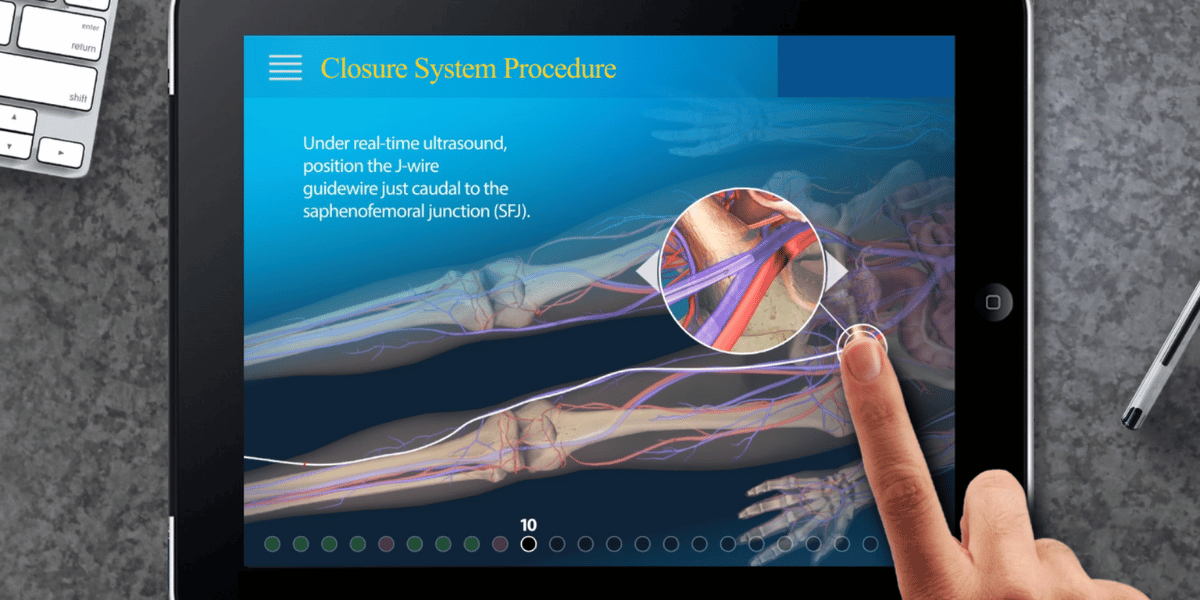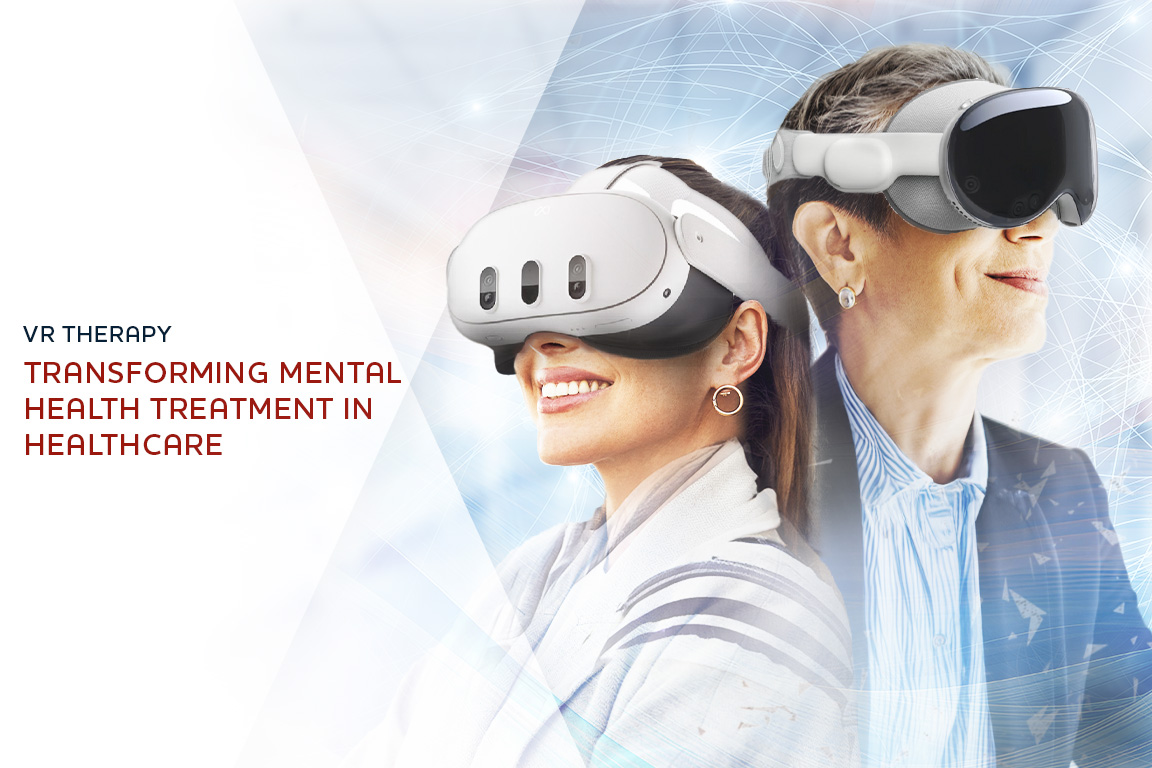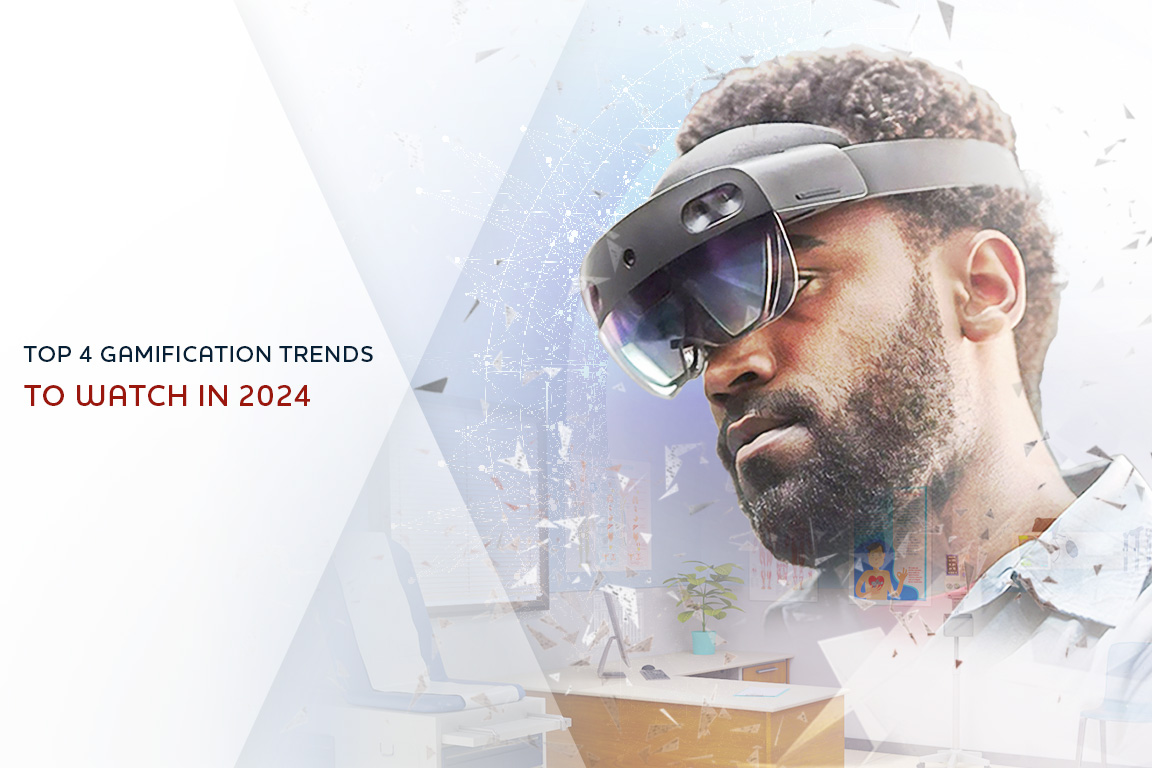Healthcare professionals need appropriate training programs to hone their skills. Virtual reality (VR), originally reserved for the realm of video games, has become the cornerstone of healthcare training. It has revolutionized medical training through its immersive qualities.
The fact that VR simulations are still advancing as steadily as technology evolves indicates that VR has a bright future. In this post, we discuss VR simulation and why it is the best training tool for healthcare professionals.
What Is Virtual Reality Simulation?
Virtual reality simulation is when companies or people use software to create a virtual learning environment. Virtual reality users typically wear head-mounted display devices to experience fully-immersive simulations.
Unlike other technologies, virtual reality simulation makes users feel they are in an entirely different environment. The goal is for users to learn from a virtual experience similar to real life.
What Makes VR the Best Training Tool?
VR is the best training tool for medical practitioners. Here are the reasons.
1. Reduces Stress and Anxiety among Medical Students
Individuals just starting in the medical field can feel overwhelmed and stressed, especially true when dealing with traumatic situations or fatalities. Unless medical staff with little experience are put to the test, it might be hard to train them on what to do during an emergency. Most training methods don’t adequately capture the immense pressure and urgency of real-life fatality situations. However, the revolutionary VR simulation can capture every detail, enhancing trauma management.
Medical professionals who get their training in virtual reality say they feel less worried about real traumatic situations. For example, a recent study on how virtual reality training affects interns found that 68% of nursing interns and 58% of medical interns felt less worried about needlestick or sharp injury prevention after VR-based training.
2. Sharpens the Learner’s Reasoning, Communication Skills, and Decision-making
Virtual reality enables medical professionals to simulate different care settings and intervention scenarios. For instance, the regular activities of a hospital can be re-created by medical practitioners. They can do this by letting the learner interact with a virtual ward full of avatars representing patients, coworkers, and family members of patients.
This kind of practice aims to help learners feel more at ease in different healthcare settings. It’s also meant to help them get better at reasoning, communicating, and making decisions.
Such training prepares the learners for every aspect of the work they will do in the future. For example, they can ask the patient questions, do an evaluation, come up with a diagnosis, and start treatment.
3. Helps Learners to Develop Empathy
Empathy is the ability to see a situation from an outsider’s point of view. In healthcare, empathizing is important as it aids in giving patient-centered care. Thus, there is a need for tools that can be standardized and can help caregivers act more empathetically.
Research has shown that VR can make caregivers more empathetic toward patients with complications that need a calm and reassuring environment for a quick recovery. Some of these health problems that require empathy include memory loss, physical or mental abuse, health problems caused by aging, Alzheimer’s disease, and drug abuse.
4. Improves the Practitioners’ Operating Room Performance
Virtual reality simulations are not just about memory testing. They help meet modern medical training skills and are taught in environments that look and feel like real life.
Virtual reality simulations enable medical students to learn how to operate on an actual patient. Medical practitioners can use VR to see the inside of the human body in 3D and learn more about how it works. With this kind of training, learners’ performance in the operating room is greatly enriched.
5. Provides Awareness and Emotional Support to Patients
Virtual reality allows patients to learn about the diseases affecting them and the treatments available. Clinicians can use VR-simulated environments to explain the effects of unhealthy behaviors like using drugs, being overweight, and drug abuse.
Medical professionals can also use VR to provide emotional support to patients. For instance, patients who have been in the hospital for a long time or who have chronic illnesses can experience their homes through VR. They can use VR headsets to connect with their families and talk to them.
Installing a 360-degree camera in the patients’ homes will ensure they feel the same interaction as they did at home. This will let them eliminate homesickness, boosting their recovery.
6. Learners Can Train Anywhere and at Any Time
Once it’s set up, a virtual reality simulation environment can be used at any time. Learners can make their learning schedules based on their free time, which is great for busy professionals.
Standard simulations also make it possible for learners to immerse themselves in simulations repeatedly. Scenarios play out differently based on how a learner interacts with a patient. But no matter what the learner does in the simulation, no harm comes to a real patient. This means that learners can make errors safely and without worries until they gain confidence in doing the right thing.
7. Enables Personalized Learning Experience for Every User
Students, trainees, and experienced professionals have different training needs and goals. With traditional training methods, it is hard to make programs that meet the needs of each individual.
Virtual reality can be used to train healthcare personnel in ways that work for them, irrespective of their occupations or specialties. VR accommodates various learning styles because it combines visual, auditory, and kinesthetic input.
8. Aids in Rehabilitation
Therapists use virtual reality to help patients with neurological problems like Parkinson’s disease and brain injuries to get better. With VR-based physical therapy and rehabilitation, therapists can choose software that helps with specific problems and disabilities. During physical therapy, patients can easily see how far they’ve come. This and VR’s immersive engagement may help motivate the patients.
Getting Started with VR
The only thing that limits how healthcare professionals can use VR is how creative they are. At Tipping Point Media, we believe that simulations in virtual reality are the key to reshaping the healthcare industry. Curious about our virtual solutions? Contact us today to schedule a free demo.



